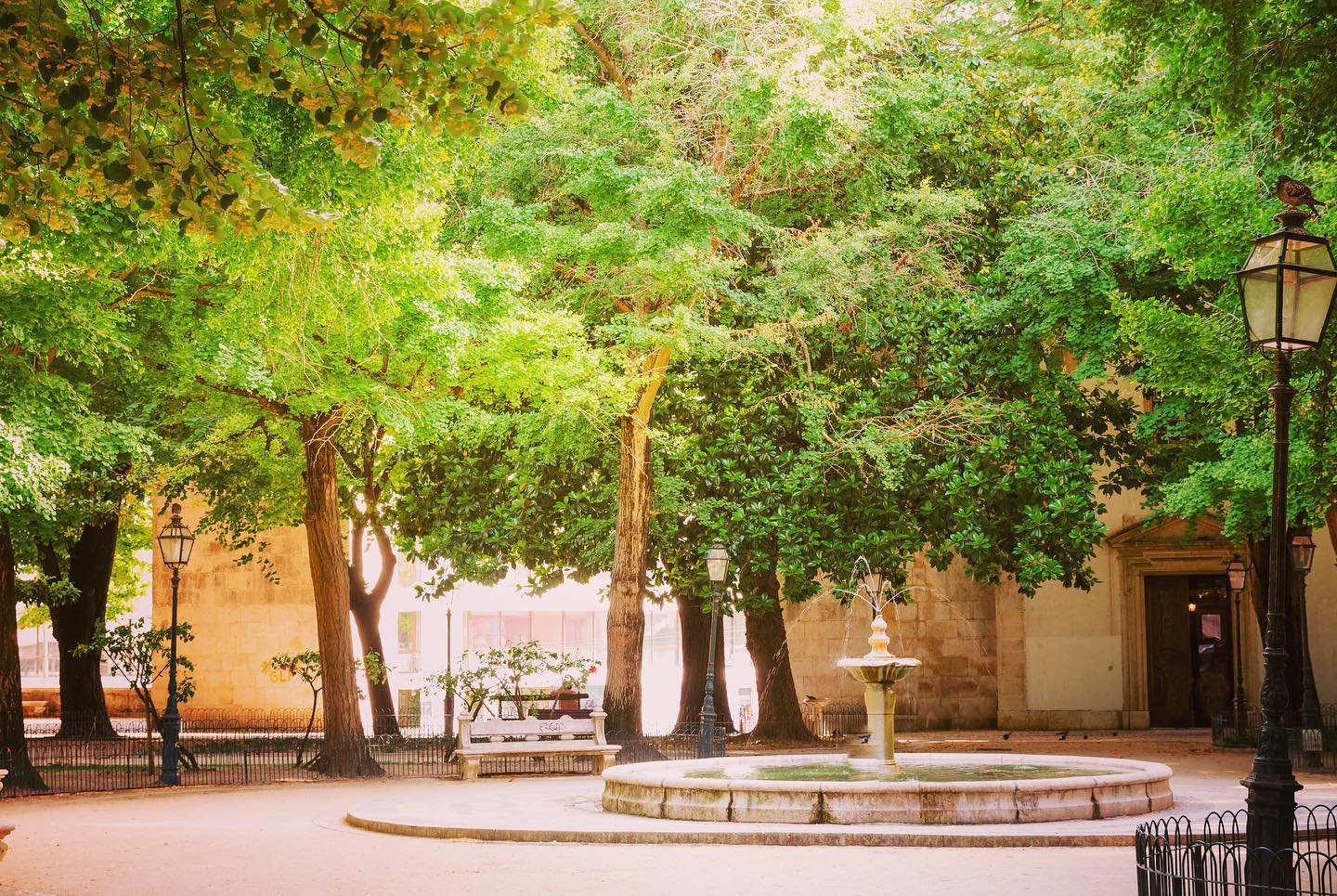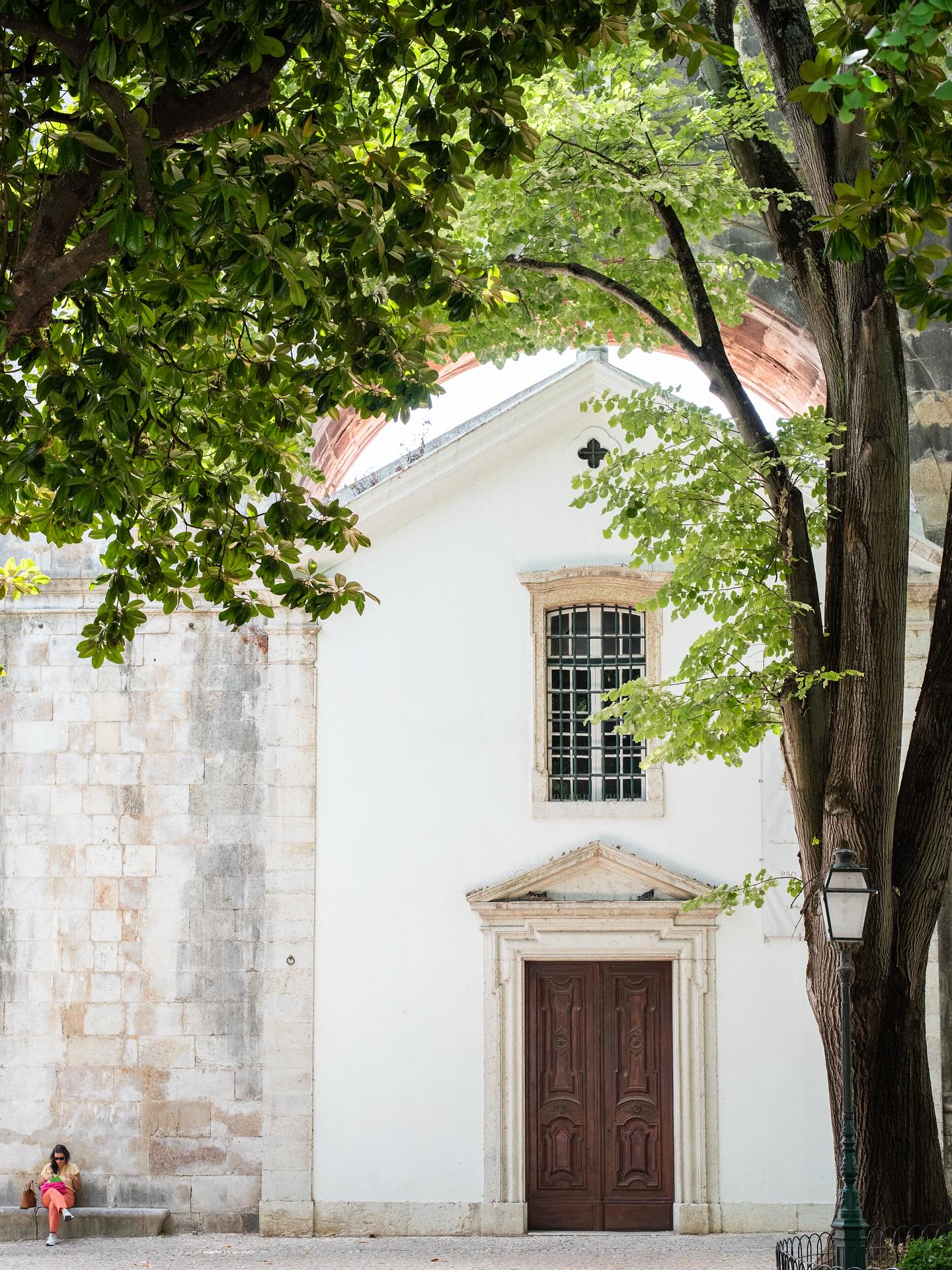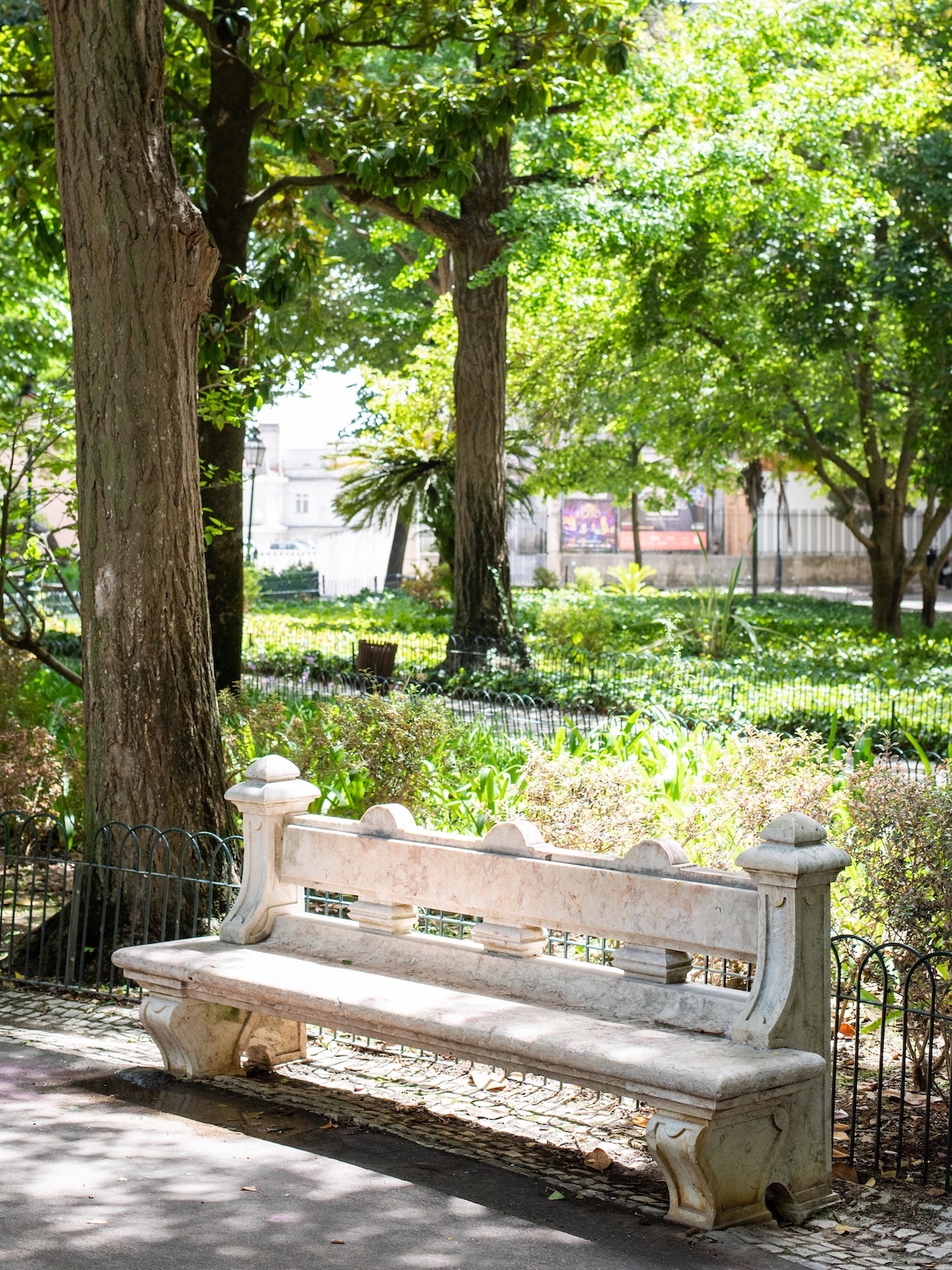JOIN the AFICIONADOS
Get the insider news and lowdown on what we've been up to, where we've been, and who we've met along the way. Be the first to discover new places and get the scoop on our favourites.
A quiet disruptor in Lisbon’s urban fabric, Amoreiras plays it cooler than its louder cousins – no tile-covered tourist traps, no vintage trams rattling through cobbled cliché. Instead, this district has a complex mesh of faded aristocracy, bold modernism and layered design history that spans aqueducts to angular high-rises.
At the heart of Amoreiras stands one of Lisbon’s most ambitious engineering landmarks – the Aqueduto das Águas Livres. Built in the 18th century, this monumental aqueduct stretches nearly 60 kilometres and still cuts an iconic silhouette with its gravity-defying arches towering above the Alcântara valley. Part infrastructure, part sculpture, the aqueduct is a testament to the city’s Enlightenment-era ambition. Climb its elevated footpath and the view opens up over the rooftops – terracotta chaos giving way to the glitter of the Atlantic.
Just beyond, a different kind of structure dominates the skyline – the Amoreiras Towers, a postmodern provocation by architect Tomás Taveira, unveiled in the mid-1980s. Red ceramic cladding, abrupt angles and unapologetic volume make this triptych of towers an emblem of Portugal’s late-20th-century urban shift. A product of the country’s first flush of post-revolution confidence, the towers redefined Lisbon’s vertical line and sparked a national debate on design and identity. Brutalist? Playful? Deranged? That depends on where you’re standing.
Woven between these structural giants is a quieter narrative. The district’s name – Amoreiras, or mulberry trees – refers to its origins as a centre for silk production. Today, the old Royal Silk Factory houses the Fundação Arpad Szenes – Vieira da Silva, an intimate museum dedicated to two of Portugal’s most significant modernist painters. Step inside and you’re immersed in abstract dialogues of colour and form, housed within 18th-century walls that once echoed with the hum of looms and imperial industry.
Streets here veer between grandeur and stillness. There are Pombaline townhouses dressed in azulejos, intricate balconies wrapped in iron vines, and deco façades that speak to Lisbon’s early flirtation with cinematic geometry. The Jardim das Amoreiras, a small but elegant square shaded by jacarandas, offers a moment of slow time – a perfect scene to sip a short bica and watch the aqueduct cast long shadows across the benches.
Art here doesn’t sit quietly in museums. Lisbon-born street artist Add Fuel (Diogo Machado) – known for subverting traditional azulejo tilework with bold, graphic interventions – has also left his mark on Amoreiras. His layered murals remix heritage with the contemporary, often appearing in unexpected corners as part of the city’s Ephemeral Museum project, which celebrates urban expression in dialogue with place. His work deepens Amoreiras’ cultural DNA – a district where façades speak both of the past and of what’s still being written.
On the edges, Avenida da Liberdade flanks the district like a glossy spine. Lisbon’s answer to the Champs-Élysées, it’s lined with luxury boutiques, 19th-century mansions and designer flagships beneath a canopy of plane trees. Just southwest, Rua de São Bento unpacks the more eclectic side of the capital – antique shops, artist studios and curated curiosities in spaces that once served aristocrats, revolutionaries and poets.
For modern travellers, Amoreiras is best approached through contrasts. A little further downhill, Pátio do Tijolo in Bairro Alto trades palatial for pared-back, offering a modernist sanctuary of terraced courtyards and quiet design, a world away from the party noise just streets away.
Green space frames the experience. The nearby Botanical Garden of Lisbon University offers a pocket of subtropical calm, while the sloping terraces of Parque Eduardo VII open up towards the river, its clipped hedgerows and stone staircases offering one of Lisbon’s finest urban vistas.
Evenings here rise slowly, not with raucous nightlife, but with rooftops. Amoreiras hosts a quiet constellation of bars where the vibe is more vino than volume. Tiles, terracotta, and poured concrete all have their place – the view unites them. Across the skyline, the River Tagus catches the final flare of light as you raise a chilled Vinho Verde or sip the city’s native Ginjinha – sour cherry, sticky, spiced – a ritual in a glass.


